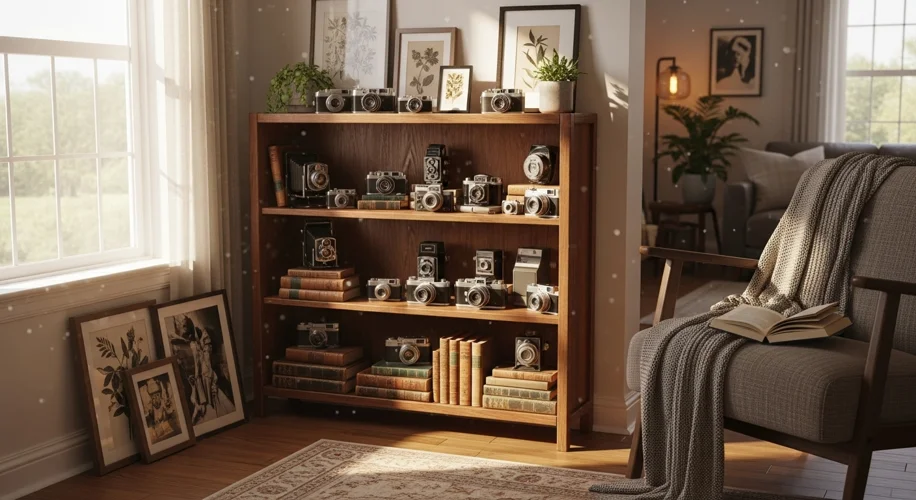We humans have a natural inclination to collect things. It’s a drive as old as time, from early humans gathering useful stones to the elaborate stamp collections of the 19th century. Today, I want to talk about how this innate desire can be channeled into building a personal gallery, not just as a hobby, but as a way to connect with history, art, and even ourselves, all without needing a fortune.
Think about it: collecting is often seen as a pursuit of the wealthy, a way to signal status or as a purely financial investment. While it can be both, at its core, collecting is about curation. It’s about selecting items that resonate with you, telling a story, and creating a personal narrative through tangible objects.
My background is in finance, and I analyze trends, asset allocation, and market behavior. From that perspective, collections can indeed be viewed as assets. Certain items appreciate in value, driven by rarity, historical significance, or demand. This is where the idea of an investment comes in. However, focusing solely on monetary value misses the broader point, especially when we’re talking about building a personal gallery on a budget.
So, how do you start? The key is to begin with what interests you. Are you fascinated by vintage technology? Perhaps old cameras, early computing devices, or even classic vinyl records.
Let’s consider vintage cameras as an example. A mid-20th-century Leica M3, while valuable, might be out of reach for many. But there are countless other excellent cameras from brands like Canon, Nikon, Pentax, or Olympus from the 70s, 80s, and 90s that can be found for modest prices. These cameras often represent significant leaps in photographic technology and offer a tangible link to the past. They aren’t just objects; they’re tools that captured history, moments, and personal stories.
Or maybe it’s art. You don’t need to buy a Picasso to start an art collection. Emerging artists, local painters, or even prints from independent illustrators can be acquired affordably. Many online platforms and local art fairs offer incredible pieces that can liven up your space and support creators. The value here isn’t just financial appreciation; it’s the joy of owning something visually compelling that speaks to you.
Another avenue could be historical artifacts. Think old maps, antique books, or even well-preserved postcards. These items offer a direct connection to different eras and cultures. A 1950s National Geographic magazine, for instance, can be incredibly affordable and provides a fascinating glimpse into global affairs, culture, and advertising of that time.
The Strategy:
- Define Your Niche: What truly captures your interest? Focusing on a specific area, like vintage fountain pens, classic sci-fi paperbacks, or mid-century modern ceramics, makes your collection more cohesive and easier to manage.
- Research is Key: Understand the history, the makers, the rarity, and what drives value within your chosen niche. This knowledge is your primary tool, especially on a budget.
- Patience and Diligence: Finding treasures takes time. Scour flea markets, antique shops, online auctions, and estate sales. The thrill of discovery is part of the process.
- Prioritize Condition and Authenticity: Even on a budget, look for items in good condition. Authenticity is crucial; learn how to spot fakes or reproductions.
- Display and Enjoy: A collection isn’t meant to be hidden away. Curate your space. Display your items proudly. They are a reflection of your interests and your journey.
Building a collection is an investment in yourself and your environment. It’s about the story, the connection, and the personal satisfaction derived from curating a unique part of the world. It’s a way to engage with history and artistry in a very personal, accessible manner. So, start small, be curious, and build something that brings you genuine joy.

